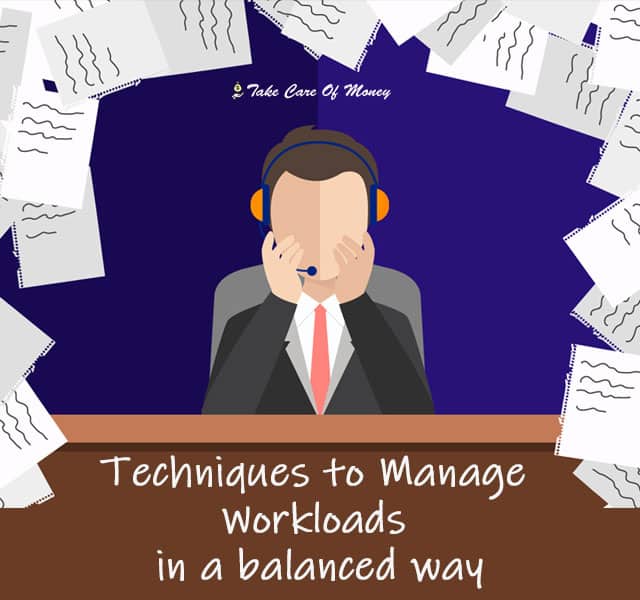Table of Contents
One of the obligations of the head of any company is the equitable distribution of workload among all its employees. However, this cast is never easy and we can create some discomfort in the template. On the one hand, workers with a work overload that do not give enough; on the other hand, low-load employees who may feel undervalued. To complete a more equitable cast, we will discover how to manage workloads in a balanced way.
Have a plan
You will need a workplan to distribute the work evenly among the workforce. To do this, you have to spend a couple of hours a week to evaluate what needs to be done, what workers we have, who does everything right or who should develop in certain areas.
Answering these questions will not be easier to distribute the workload correctly, and we will avoid leaving the most complicated tasks always in the hands of the same worker, preventing the rest of the team from learning to deal with them.
Defer in advance
Many times we talk about delegating, when in reality we should talk about differing: pass the tasks to the right people before joining our to-do list. And so that the activities do not go to that to-do list, we will have to anticipate and distribute work as soon as possible.
In this way we also ensure that workers have plenty of time to comply with them. Once assigned, the execution of that task is beyond your responsibility.
Create tracking systems
Although the tasks are distributed, we must continue their development. After all, the person in charge of the company is the one who must achieve the results, and constant monitoring will let us know if the tasks have been distributed equally.
For this, it seems necessary to constantly monitor that allows us to identify the pending tasks of the Business projects or work that we have underway and assimilate a routine that allows us to verify compliance.
Clear responsibilities
The entire workforce shares the same goal, but each worker has a mission and it is key that each employee assume their responsibilities and their workload. To do this, you have to make a list of all the pending tasks and distribute them among the staff adjusting to the position and characteristics of each employee.
So we can discover the gaps of talent in our company, the need to hire someone, but also allows each worker to identify their workload and focus on it.
Be flexible
Things don’t always go as we would like, so for an equitable distribution of the workload we may not always be able to distribute it as we would like. After all, the workload is not a static value, but changes over the weeks.
That’s why you have to be flexible in the cast, and if one month a worker has had a heavy load and another has had little work, the following month the roles should be reversed. This way we make sure to balance the distribution of work.
Individual treatment to each employee
You have to talk one by one with our workers to keep them motivated and with the level of commitment required when we assign the workload. Explaining their one-to-one responsibility will make it easier for them to be sympathetic to the burden they must bear, and you can expose why they have that volume of work and how it will change in the short term, increasing or decreasing.
It will also be easier for us incentivize demotivated workers or with more difficulties and maintain the level of trust in key workers, facilitating collaboration between employees to complete tasks.
